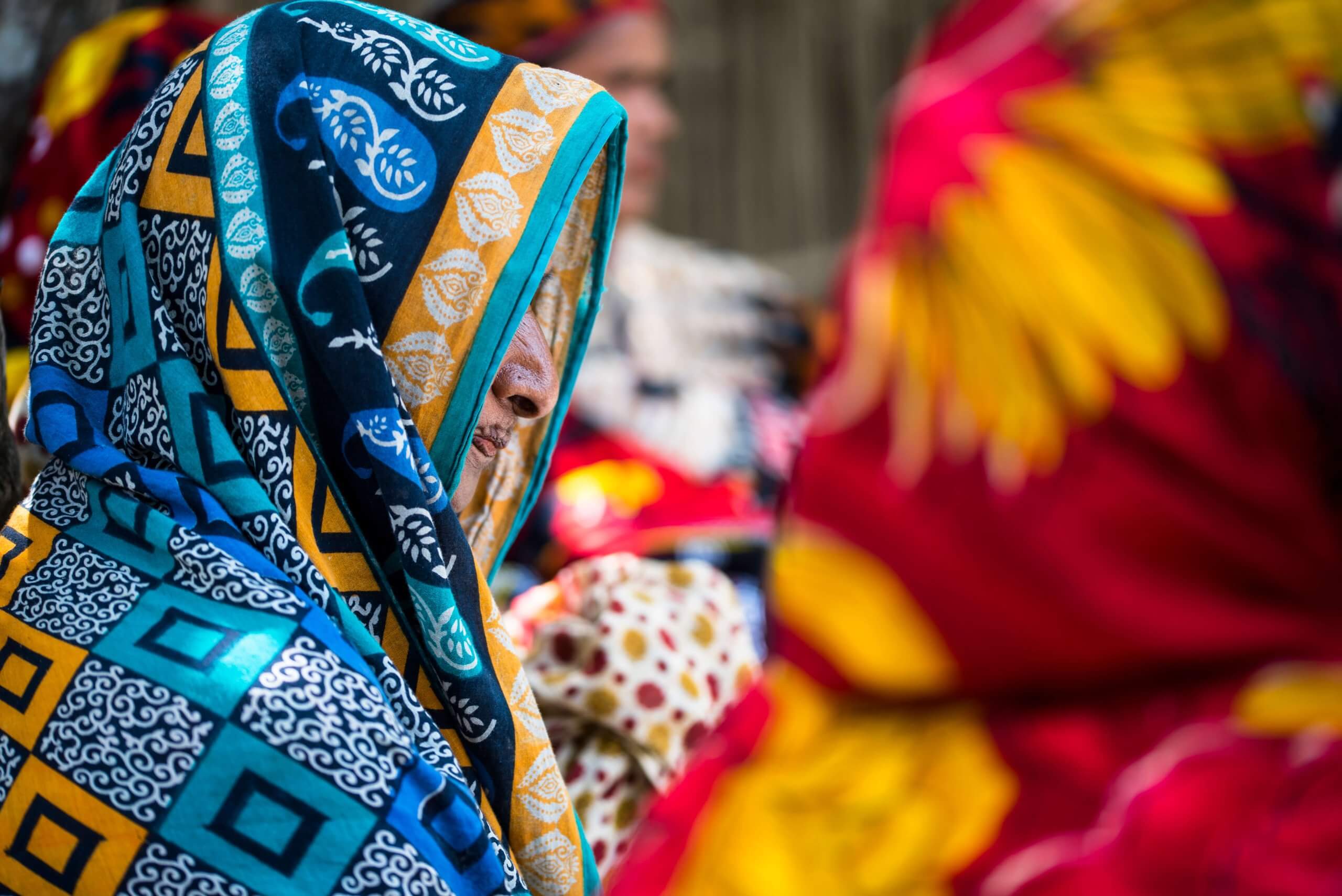
From Pastapur to Delhi
A few weeks ago, my fellow interns and I were lucky enough to accompany DDS to Delhi, where they together with the Millet Network of India (MINI), held the 5th national convention on millets.
We started the long journey from Pastapur to Delhi in a yellow school bus with our colleagues and farmers from the organisation. The road was rough and though it was late in the evening, the mood was good and songs were sung in both Telugu and Swedish. After a few hours of sleep at the DDS office in Hyderabad and a chai tea on the street at dawn, we all managed to find our seats on the train that would take us to the capital. I made an honest try to catch up on some sleep during the first hours but the sound of ‘chai, chai, garam chai’, and men yelling out whatever else they were selling, along with the rocking of the train, made it impossible for me to get some rest. I finally fell asleep later that evening after what felt like hours of dancing with the little girl and her family who we shared our compartment with. When we finally arrived, only 3 hours late, I was surprised at how fairly effortlessly I had just spent almost 30 hours on a train.

The DDS team finally arrived in Delhi.
The two-day convention discussed the enhancement of millet area to realise a nutritionally secure India and included sessions on the role of people’s media, the current state for millets and science of millets as well as the launch of the National Network of Millet Sisters, a network for female millet farmers. All 14 MINI-partners participated, including UYRDC where we have four intern colleagues, along with ministers, scientists, policy makers, nutritionists and farmers form each organisation.

Inaguration ceeremony. Photo: Elin Gidlöf

The partner organisation Pilupu from Telangana State promotes millets.
My personal highlight from the first day was when Chandramma, a senior ecological farmer from DDS, spoke with confidence and poise about the traditional knowledge that she and her fellow millet farmers possess, and the importance of that knowledge today. This session about science of millets also included speeches from a nutritionist and a professor, however neither of the speakers managed to impress or appeal to the audience like Chandramma and she received standing ovations for it. After her speech, I am sure no one doubted that her science is as valuable as formal science.
The launch of the Millet Sisters Network was equally impressive, especially with the presence of the farmers from all of the MINI partner organisations who together with the guest of honour Ms Maneka Gandhi, the Union Minister for Women and Child Development, took an oath to support and work for the network.

The Millet Sisters. Photo: Elin Gidlöf
We were also given a few extra days in Delhi for sightseeing after the convention and it were days well spent. First we went sightseeing with some of the farmers, visiting the Indira Gandhi museum, India Gate and the Lotus Temple. Then we spent two days on our own roaming around the different parts of the city looking for street art and checking out photo exhibitions, markets and nice cafés. Despite the high pollution and the terrible traffic, I left Delhi feeling inspired, and with a new-found admiration for organising an event where people attending speak at least six different languages.

India Gate. That is not fog you see, it is actually the pollution.
